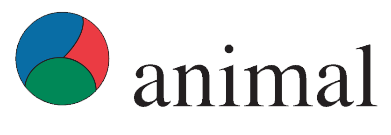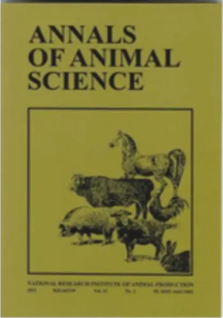Document type : Scientific review published in Animal
Author: A. Valros
Preview: Tail biting is a serious behavioural problem in modern pig production, causing impaired animal welfare and economic losses. In most countries, the detrimental effects of tail biting are counteracted by docking pigs tails. Finland is one of the few countries where tail docking in pigs is totally forbidden. The aim of this paper was to look in detail at features of pig production in Finland in order to try to understand how Finnish producers manage to rear non-docked pigs. The way pigs are housed and managed in Finland is influenced by both European and national legislation, but also by governmental subsidies, industry recommendations and voluntary initiatives. Several features of Finnish pig production might indeed have a preventive role regarding the tail biting risk: these include, among others, a comparably larger space allowance, partly slatted flooring, use of manipulable materials, a good animal health status and meal feeding from long troughs. In addition, Finnish producers are motivated to rear non-docked pigs, which is possibly one of the most important prerequisites for success. The experiences from Finland show that even though tail biting is still a challenge on some farms, in general, it is possible to rear non-docked pigs in intensive production. Potential positive side-effects of enhancing management and housing to facilitate the rearing of non-docked pigs include a good growth rate, a reduced need for antimicrobials and better animal welfare levels.





